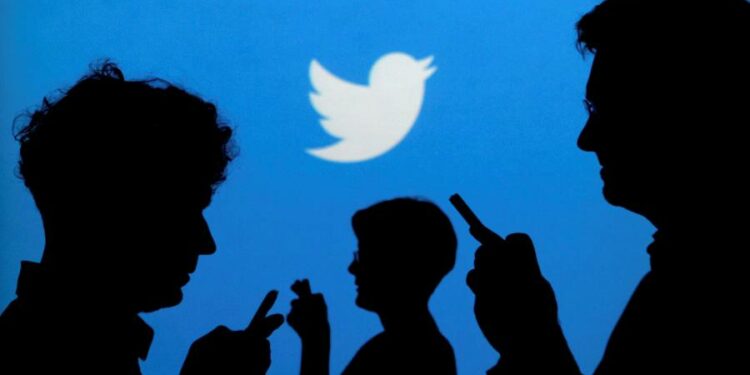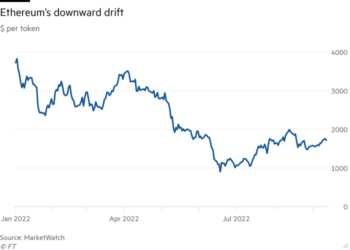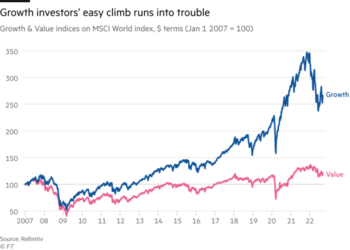Twitter is hardly the soaring condor of the digital advertising space. The US microblogging business garnered $4.5bn in ad revenue last year — about 4 per cent of what Facebook owner Meta made. Google, for its part, pulled in $209.5bn.
But being a featherweight is not such a bad thing at the moment. Apple started rolling out a new privacy policy last April. This prevents apps from collecting data on iPhone users without their consent. That has made it much harder for companies to sell targeted advertising.
Last week, Meta told investors Apple’s privacy changes could cost it $10bn in ad sales this year. Combined with concerns about increased competition from TikTok, this prompted investors to wipe more than $220bn from the company’s market valuation.
By contrast, Twitter said it had seen only a modest impact on its business. Revenue in the final three months of 2021 rose by more than a fifth to $1.57bn. The group is forecasting sales for the current quarter of between $1.17bn and $1.27bn — in line with consensus.
Unlike Meta, Twitter makes most of its money from brand advertising. Targeted, or direct response, ads account for just 15 per cent of its business. But there is a good reason for that. Twitter’s data collection and advertising products are nowhere near as good as those of Meta.
Twitter’s modest exposure to direct ads is a positive at the moment. Longer term, it may need more of them to meet its ambitious goals of increasing annual revenue to $7.5bn and reaching 315mn daily users by the end of 2023. In other words, Twitter has to increase revenue by two-thirds and its user base by 45 per cent over the next two years.
Pressure from activists such as Elliott Management has already led to the departure of co-founder Jack Dorsey. His successor Parag Agrawal is trying to win friends and influence investors with an expanded $4bn share buyback scheme. But what Twitter needs now — and has conspicuously lacked for so long — is a product or feature to lure a critical mass of users and revenues.











